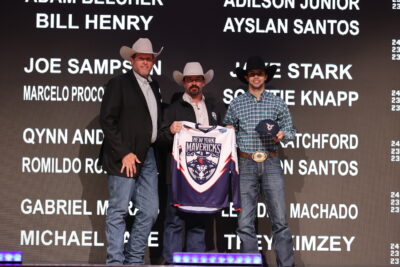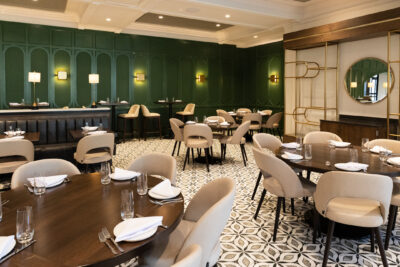With dreams of a better life for themselves and their families, Polish immigrants began arriving in Port Washington in the 1870s, most of them coming through Ellis Island. Sailing into New York Harbor, they got their first glimpse of the Statue of Liberty and envisioned what it signified, a new life in a new land, the opportunity to better their lives and those of their children. The United States would offer these weary travelers an outstretched hand to fulfill their dreams of living in a land of freedom and democracy.
Men were lured by the availability of work in the sand mines along the shores of Hempstead Harbor and Manhasset Bay. Polish immigrants had an enormous impact on the growth and development of Port Washington in the beginning of the 20th century. For nearly 80 years, Polish laborers shoveled the 21,000-year-old glacial sand, mostly by hand. The fine, white sand, a perfect mix of coarse and fine grains, made the cement that built New York City’s skyscrapers, subways and sidewalks. Sand had to be dug by hand, with picks and shovels.
The men worked six days a week, 12 hours a day, for minimal pay. Living conditions were extremely primitive and immigrants usually found themselves in company housing or boarding houses. Each worker endured these hardships in order to fulfill his dream to bring his family or his intended to America. Since there was very little heavy-duty earth-moving equipment, mining was difficult and dangerous. Safeguards were almost nonexistent; cave-ins and accidents were frequent and unfortunately almost always fatal. There were unions or workers’ organizations where workers could register grievances, even when it came to personal safety.
By 1889, the railroad had come to Port Washington and the Great Estates on Cow Neck were being built, providing Polish immigrants with jobs as gardeners, landscapers, laborers and overseers. While household help usually lived on estate property, many of the workers lived in Port Washington. They lived near an estate called Hicksville, named for the gentleman who, at one time, owned the property. This area encompassed Avenues A, B, C and the adjacent streets. Most workers commuted by railroad to jobs on the Whitney and Payson estates in Manhasset; others would take the trolley to jobs in Glen Cove and other estates along the Gold Coast.
Like any other ethnic group in a new land, Polish people sought comfort and reassurance with their own community. Thus, they established church and cultural/fraternal social organizations. This kept them in touch with their cultural roots and gave them the opportunity to teach their children, especially those born in the United States, the rich Polish cultural heritage of their fathers and grandparents.
The Polish American Citizens Association (PACA) Inc. of Port Washington was founded on December 1, 1933 and was granted a charter of incorporation by the state on April 13, 1934. Originally called the Polish Immigrants Society, the members held their first meeting at 11 Orchard Place in Port Washington, in what was then a bakery. The purpose of this association, as stated in its bylaws and constitution, “is to bring together the Poles residing in Port Washington and the vicinity, regardless of political affiliation, to form one body, to support each other in obtaining equality with other nationalities, to become acquainted with one another, to promote social and cultural interests and to afford opportunities for healthful, beneficial and harmless recreation and amusement.” The organization provided assistance to Poles who needed assistance in citizenship and immigration matters.
The first president of the newly formed organization was Benjamin Rogozenski, who served from 1933 through 1939 and again in 1949. He, along with John Borkowski, Alex Budney, John Wilczek and Vincent M. Gostowski were selected as members of the board of directors until the first annual meeting was to take place.
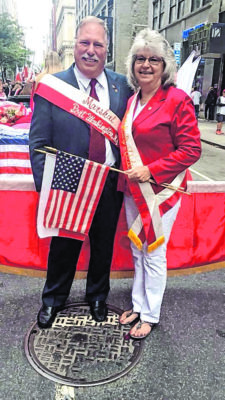
The first women’s organization, St. Teresa’s Society, was formed in 1933. It was the unofficial job of this organization to cook and serve meals to the men who were donating their time and efforts working at the club. The first official function held at the newly formed club was to welcome in the New Year in 1935. The ladies of this society were instrumental in the success of this affair. Monthly membership meetings were held. Sons and daughters of members waited anxiously for their 18th birthday, so they could officially join. Not only did the membership of St. Teresa’s Society grow, but the club expanded its activities as well. A Polish Supplementary school for children was established for those wishing to learn English and to take classes preparing for the American citizenship examination.
By 1937, a new location had to be found to house the increasing membership and its activities. In the same year, two acres of land was purchased and a new headquarters for the organization came to be. The new location at 5 Pulaski Place in Port Washington was more than just a building. It was a labor of love on the part of all members. This new home served as the prime location for social activities with the membership and the surrounding community.
In 1947, the female members of the organization wanted a more distinct voice in the organization. The Women’s Auxiliary was formed. The organization being relatively new needed many material additions. Thanks to the auxiliary, a new dinner service, cutlery, glassware and kitchen utensils were purchased. It was through the efforts that children of school age, dressed in Polish ethnic costume, participated in community activities. Assisting those in need is part of the fiber of all members of this proud organization.
In 1953, again with volunteer help, the existing club at 5 Pulaski Place was renovated to twice the size of the original building. There is a dance area in the middle of the floor, the ceiling was painted blue and adorned with silver stars, hence the name the Starlight Ballroom. In 1960, applications for membership were extended to Poles who did not live in Port Washington. Currently, there are more than 175 members of the organization.
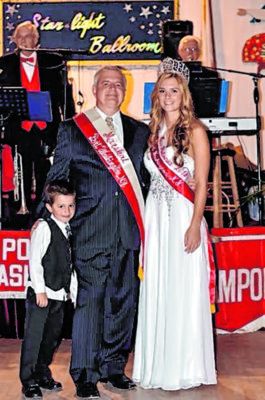
Membership in one family stretches more than three generations.
For many years, the organization has assisted other Polish-American groups in achieving their missions. This was the case with the first home of the Polish American Museum, now located at 16 Belleview Avenue, also in Port Washington. The Americanetts and the General Pulaski Foundation also call 5 Pulaski Place their home.
In 1994, the Women’s Auxiliary joined the men’s organization making the transition to one solid unit. A new slate of officers was selected as the board of directors. The club established an annual fundraiser for scholarships to be presented to worthy Polish American high school students who are college bound. The Polish American Museum, the General Pulaski Foundation, along with AMPOLA, also present their scholarships at the Port Washington hall.
In 2002, the organization changed its name to Polish American Cultural Association (PACA) Inc.
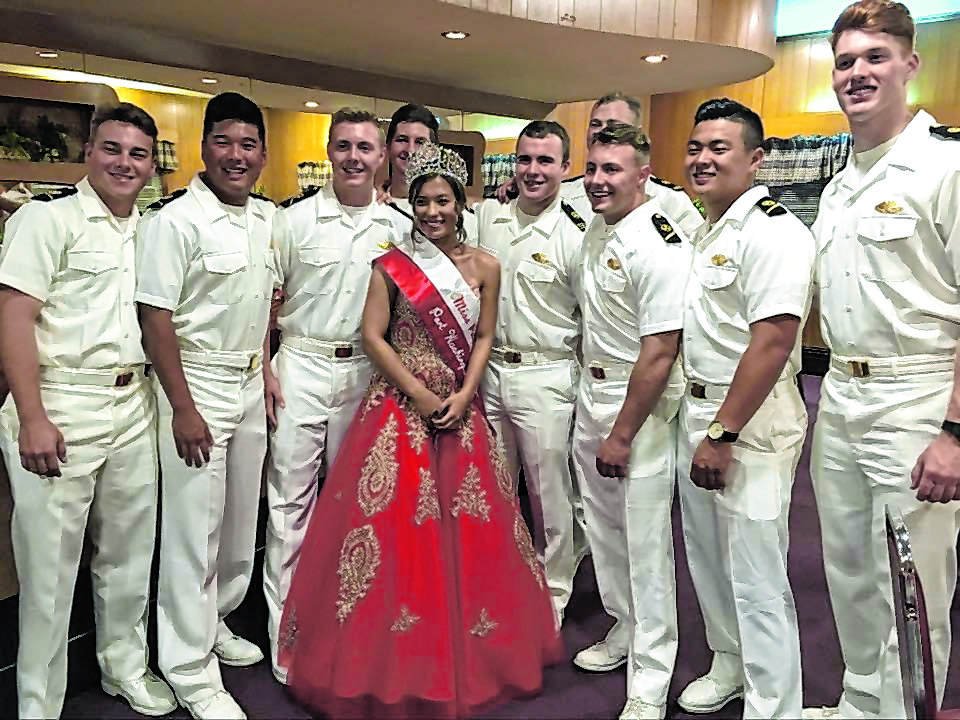
One of the club’s more successful social events is its annual Miss Polonia Pageant where young ladies of Polish descent come together for a very special event. One young woman is selected to represent Port Washington at an annual banquet at the Marriott Hotel in Manhattan and at the annual Pulaski Day Parade in New York City, held on the first Sunday in October. Pulaski Day honors Count Casmier Pulaski who, during the American Revolution, joined colonial forces and organized his own cavalry command to fight valiantly until the British attack on Savannah where he was mortally wounded in October 1779.
The club did not name a 2020 or 2021 Miss Polonia, due to the pandemic, but is already making plans to bring the pageant back in 2022.
Today, descendants of those early Polish immigrants still live in Port Washington and the neighboring communities. There are three other similar Polish cultural organizations across the Island, in Hempstead, Port Jefferson and Riverhead.
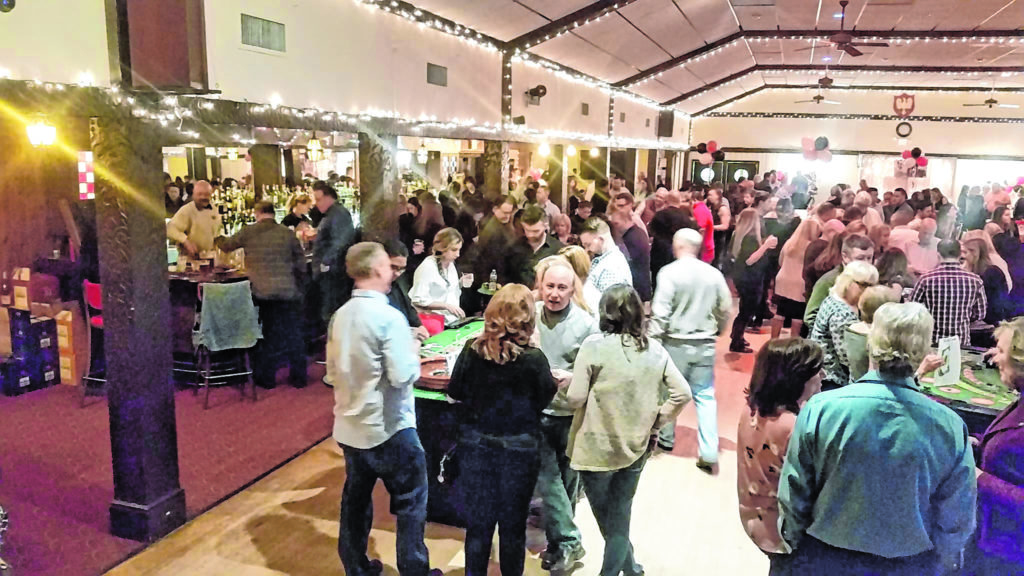
The club’s annual Halloween costume party, open to the public on Saturday, Oct. 30, from 7:30 to 11:30 p.m., is gaining popularity and is sure to be a memorable night. Admission is $15 at the door and includes live country music. Food and beverages will be available for purchase. The event is family-friendly, but caters to an adult crowd.
Visit www.portwashingtonpolishclub.com or call 516-883-5553 for more information about membership, hall rentals and upcoming events.


